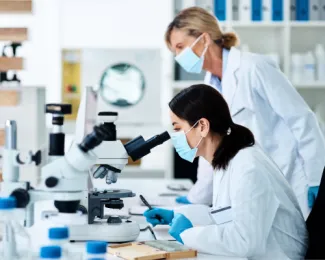Maintenance therapy
Maintenance therapy is used to mop up any remaining cancer cells left after initial intensive treatment. This stage of treatment is used for many, but not all, types of cancer.
Maintenance therapy is used to mop up any remaining cancer cells left after initial intensive treatment. This stage of treatment is used for many, but not all, types of cancer.
There are various ways you can help to reduce your child’s chances of infection.
Alternative treatments are unconventional and unproven therapies that aim to treat cancer.
Acute myeloid leukaemia (AML) is a type of blood cancer. Around 80 children develop AML in the UK each year.
Non-Hodgkin lymphoma is a type of blood cancer. About 80 children of all ages develop non-Hodgkin lymphoma (NHL) in the UK each year. It is more common in boys than girls.
Hodgkin lymphoma is a type of blood cancer that occurs in the lymphatic system. It can affect children at any age but is more common in older teenagers and young adults. Each year in the UK, around 70 children aged 0-14 years are diagnosed with Hodgkin lymphoma.
A series of leaflets have been written by the CCLG Paediatric Oncology in Developing Countries (PODC) Group to offer basic information and practical advice to help those caring for a child when they are having treatment for cancer to give them the best chance of cure.
Ways to contact CCLG.

We fund research that improves the treatment, care and support for children and young people with cancer.